Busan, South Korea has more to offer than just the hit South Korean movie Train to Busan. While you might not encounter crazed zombies in the area, Busan is an incredible place to travel to. Being South Korea’s second largest city, the bustling city of Busan presents amazing nature reserves, pristine beaches, relaxing hot spring spots, and of course, the best sightseeing spots South Korea has to offer. In this travel guide, we’re focusing on the top sightseeing spots in Busan that will teach you a thing or two about South Korea.
This Travel Guide to Busan contains affiliate links. This means that if you make a booking through one of the links on this website, Travel4history gets a small compensation for it. This does not cost you anything extra by the way!
What would you like to know about Busan?
- A brief history of Busan
- Sightseeing – Top 5 places to visit in Busan
- Accommodation – Where to stay?
- Transport? How to get there?

A Brief History of Busan, South Korea
Busan, like any other city in South Korea, has a long line of history with the nobility and the coming and goings of dynasties.
But perhaps the most notable part of Busan’s history is the city’s fight against the Japanese Empire. Under the Japanese rule, the occupants made use of brute force and cultural assimilation to fully colonize Korea. Koreans were forced to abandon their own language, beliefs, and culture and completely integrate themselves with the teachings of the Japanese.
During this time in the 20th century, Busan became the center of the struggle against the colonizers. The refusal of Busan to be able to be fully captured by the Japanese was stronger than any other region. This city became home to many students, laborers, and patriots joining different movements to resist the rule of Japan.
By the end of World War II, Korea was divided into two by the United States and the USSR which eventually started the outbreak of the Korean War. During this period, Busan then again became the last bastion of national power. It was also a safe haven for Koreans seeking refuge from the war.
Eventually, Busan rehabilitated itself as one of the leading cities of economic rehabilitation and a symbol of democracy in South Korea. Until now, you’ll see these historical pieces of Busan throughout the city, signifying the struggle and victory of South Koreans.
Top 5 Sightseeing Places in Busan, South Korea
Now that you know Busan has a lot to offer, here are the best sightseeing places in the city where you’ll be able to learn about South Korea’s history through traveling:
1. Gamcheon Village

The Gamcheon Cultural Village is one of the famous tourist destinations in South Korea. Dubbed as the “Machu Picchu of Busan”, Gamcheon perfectly captures the beauty and vibrancy of the city with rows of bright houses built together to form narrow alleyways.
While the streets are painted with pastel colors, Gamcheon Village was once a slum neighborhood that became a refuge site during the Korean War. It wasn’t until 2009 that the South Korean government turned this place into a community that fosters creativity.
Now, Gamcheon contains many of the most beautiful street arts in South Korea. It’s truly a place that you should spend a day wandering in!
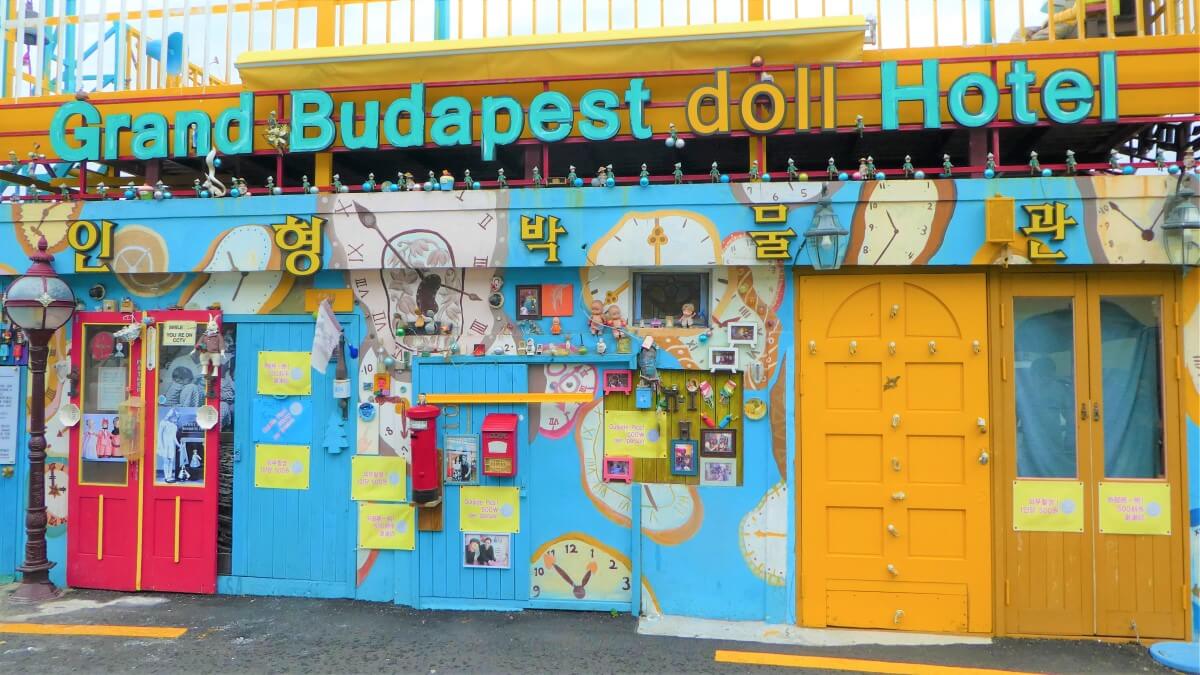
2. United Nations Cemetery
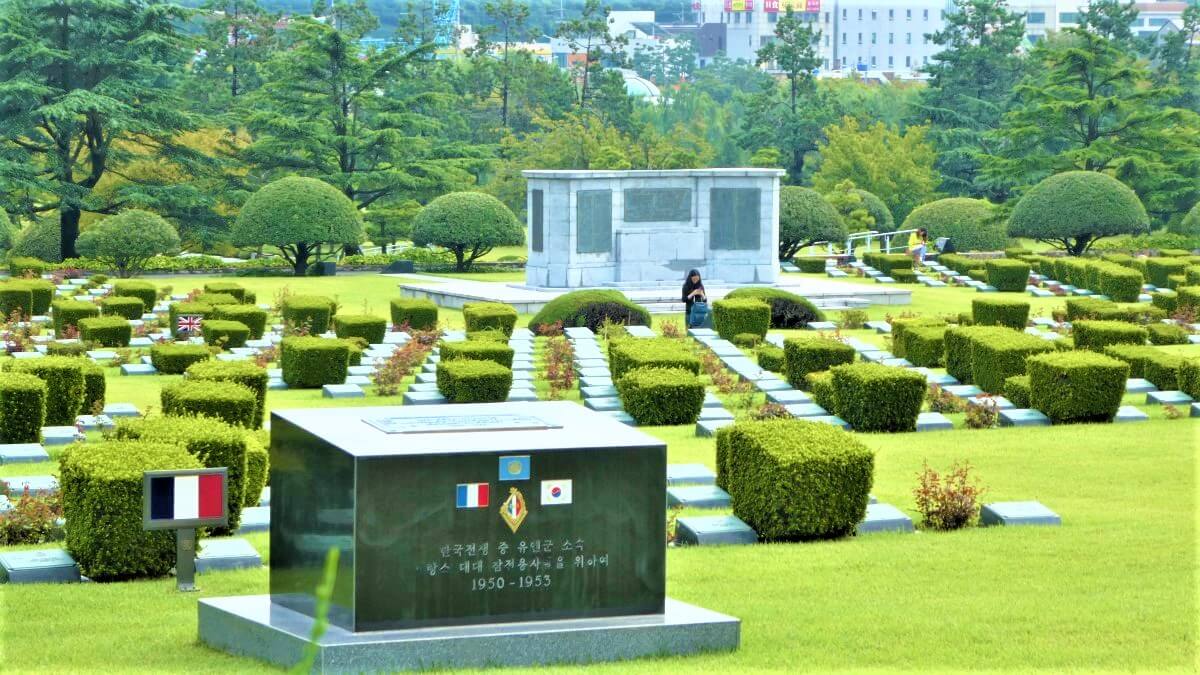
The UN Memorial Cemetery in Busan is the only memorial cemetery in the world that is solely dedicated to UN soldiers who bravely gave their lives during the three years of the Korean War.
The Cemetery is currently the resting place of around 2,300 graves of fallen soldiers. It used to hold 11,000 graves but the majority of the remains, at the request of their family, were repatriated.
You can head to the UN Cemetery to pay your respects or simply wander around the serene park that spans 135,000 sq. meters. Memorials are built around the park that can give you brief history information of the place.
3. The Jagalchi fish market
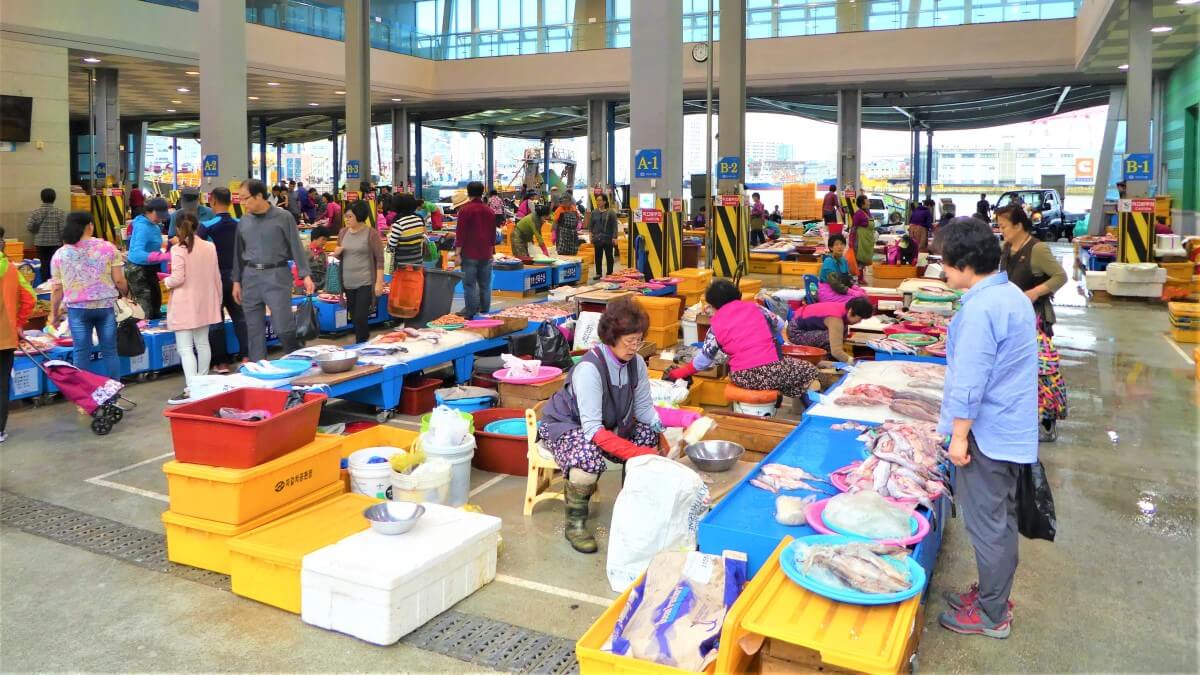
When you go to Busan, don’t forget to take a stroll around Jagalchi Fish market. It is the biggest one of South Korea. The indoor market consist of 7 floors and this is the place where you can find almost all the fishes in the world. Well, it looks like it.
Jagalchi Fish Market started after the Korean war (1950-1953) and is named after the people who sell the fish: middle-aged and married women. That is what Jagalchi means. The market is open at 2 am till 10 pm.
4. Haedong Yonggungsa Temple
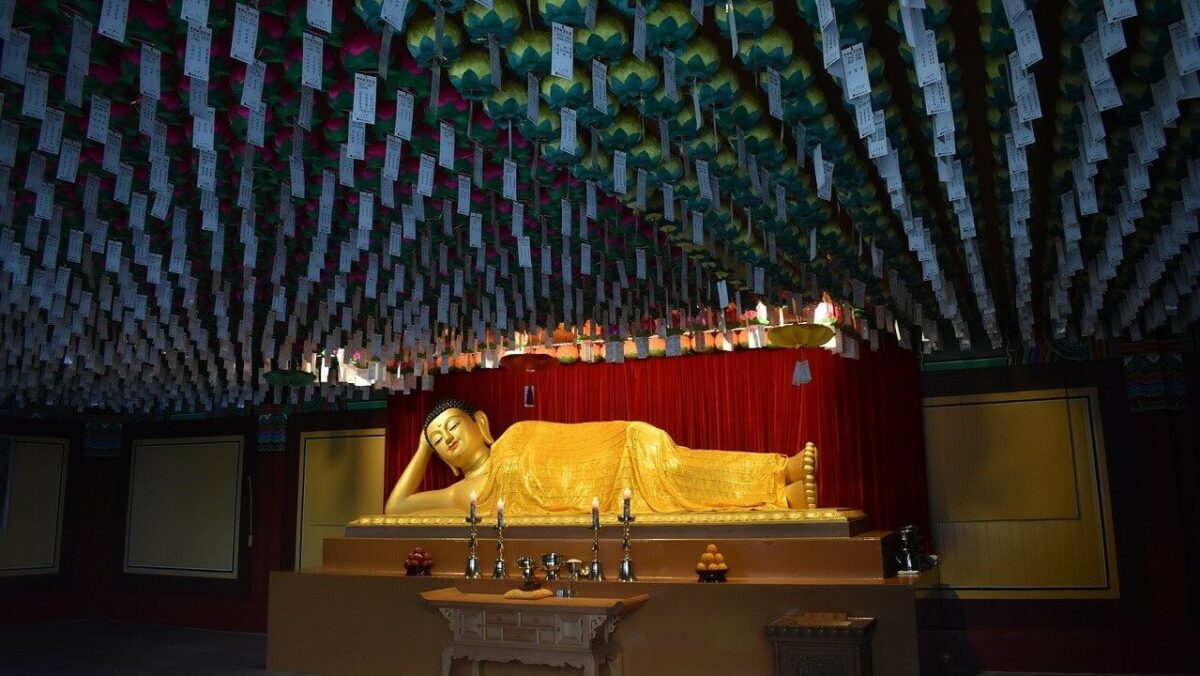
Headong Yonggungsa is one of the most beautifully designed temples that you’ll see in South Korea. It was first constructed in 1376 by a Buddhist teacher. Inside a cave within the sanctum, you’ll find four lions that symbolize joy, happiness, anger, and sadness.
The temple is situated against the rocky coastline of the northeastern part of Busan. You’ll find beautiful stone lanterns along the path and the sunset in this area shouldn’t be missed out.
Locals frequent this temple during New Year’s Day before the sun comes up. It’s a tradition for them to make a wish and watch the sunrise, signifying a new and prosperous beginning.
A visit to Haedong Yonggungsa during April is another beautiful scene, with cherry blossoms covering the whole area.
5. Geumgang Park
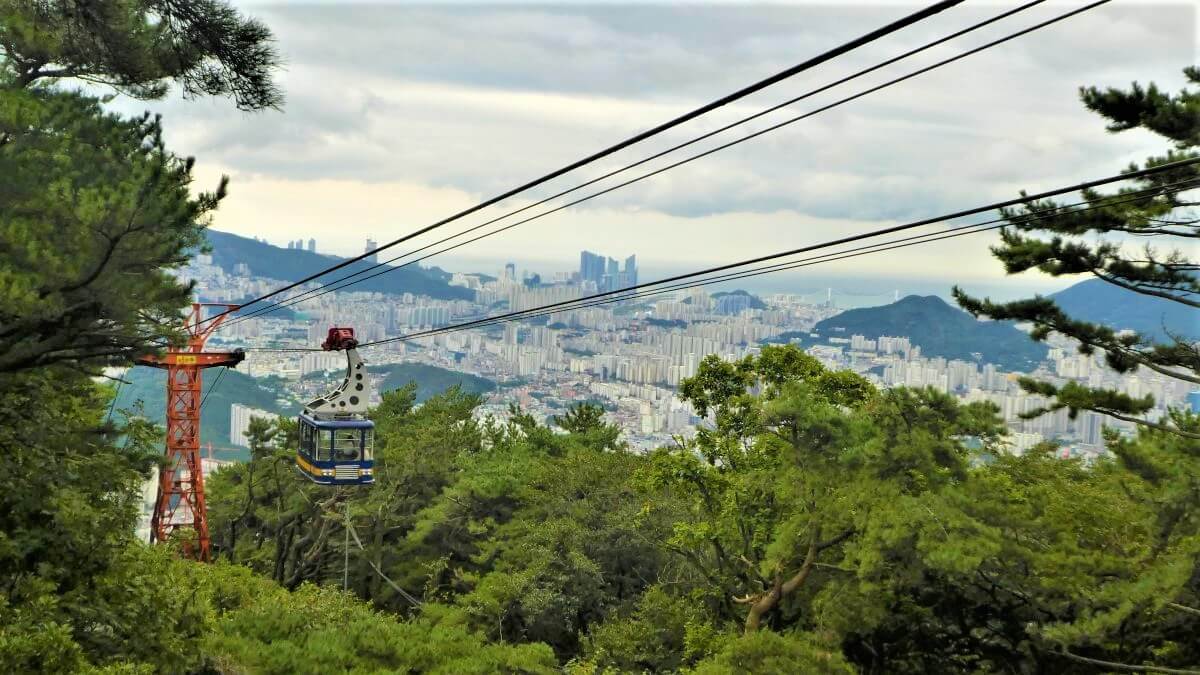
On the outside, Geumgang Park is a beautiful tourist destination where carnival meets nature. You have a wide variety of rides for you to enjoy, with a cable car that takes you up to the top of the mountain where you’ll have a magnificent view of the city.
But a little further into the mountain and the forests, you’ll eventually end up at the Geumjeong mountain fortress (Geumjeongsanseong). This fortress was meant to be a vast structure to defend the inland from the incoming attacks from the sea during the invasion of Japan and China.
The fortress was destroyed during the Japanese occupation but was restored later on, keeping the original 17 kilometers worth of walls.
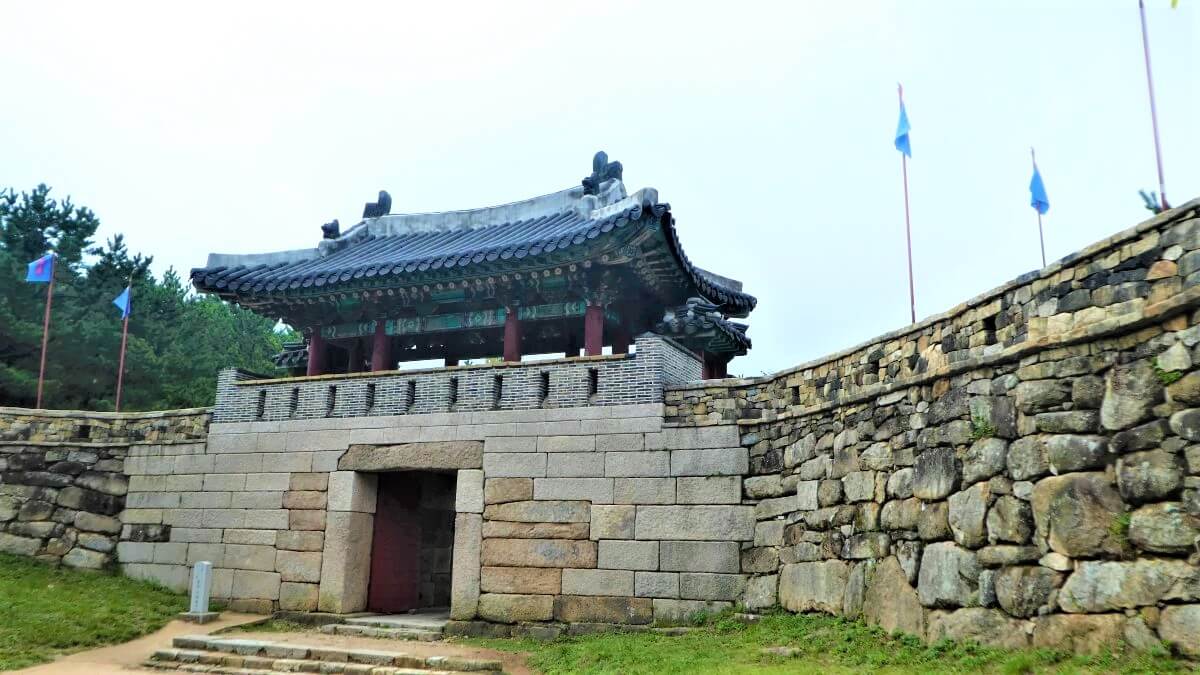
Accommodation – Where to stay?
Busan is the second largest city of South Korea and has many areas where you can stay. I stayed at the Kimchee Busan Downtown guesthouse in Seomyeon. Seomyeon is a vibrant district with a lot of dining an shopping and is centrally located. But to be honest, the hostel is in my opinion not the best one, though it was the cheapest one of South Korea.
Other places where you can stay are Haeundae Beach and Yeongdo Island. Haeundae beach is one of the most famous beaches of South Korea and a very populair places for Koreans. Yeongdo Island is in the south of Busan and from here you have some splendid views of the city and the harbour.
Finally, an easy option to stay is close to the central Station in Dong-Gu. The area is very nice and have some wonderful places for shopping and eating. Wherever you will stay, every place is easy to reach by subway or bus. But you will notice in the next chapter…
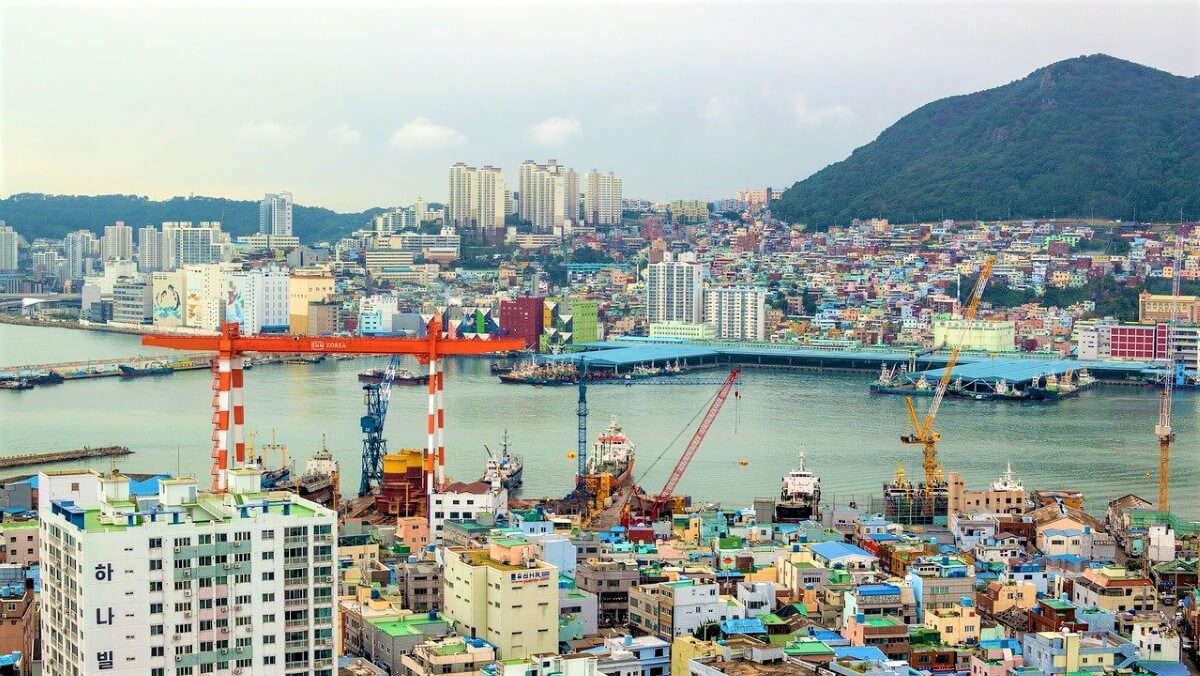
Transport – How to get to Busan?
Busan is located in the southeast of South Korea. It is easy to reach from Seoul by KTX train within 3 hours. In the west of Busan you’ll find Gimhae International Services. They have domestic flights, but also services to many destinations in Asia. The airport is easy to reach by subway which consists of 4 lines. It is the best way to discover Busan and it’s surrounding area. There is also a Central (?) bus station in the far north of the city. Take Line 1 to Nopo to get there.
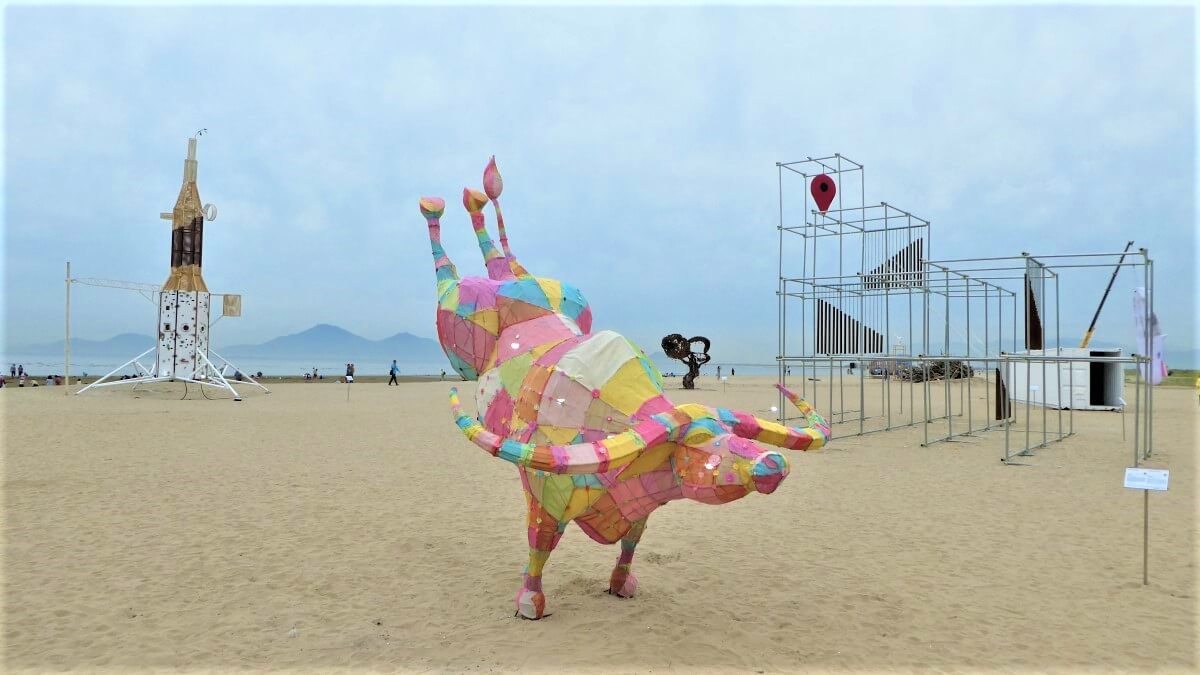
Next destination in South Korea?
Have you seen enough of Busan? Your next destination can be around the corner, because within an hour by bus you’ll be in the historical city of Gyeongju. Or you can go further for Daegu and Andong. Another destinations will be the Island of Jeju or go to the bustling capital of South Korea, Seoul. It is up to you!
Would you like to go to Japan? You can take the ferry which will take you to Fukuoka within 4 hours.
Do you have more tips, remarks or ideas about Busan, South Korea? Please feel free to leave a message below.